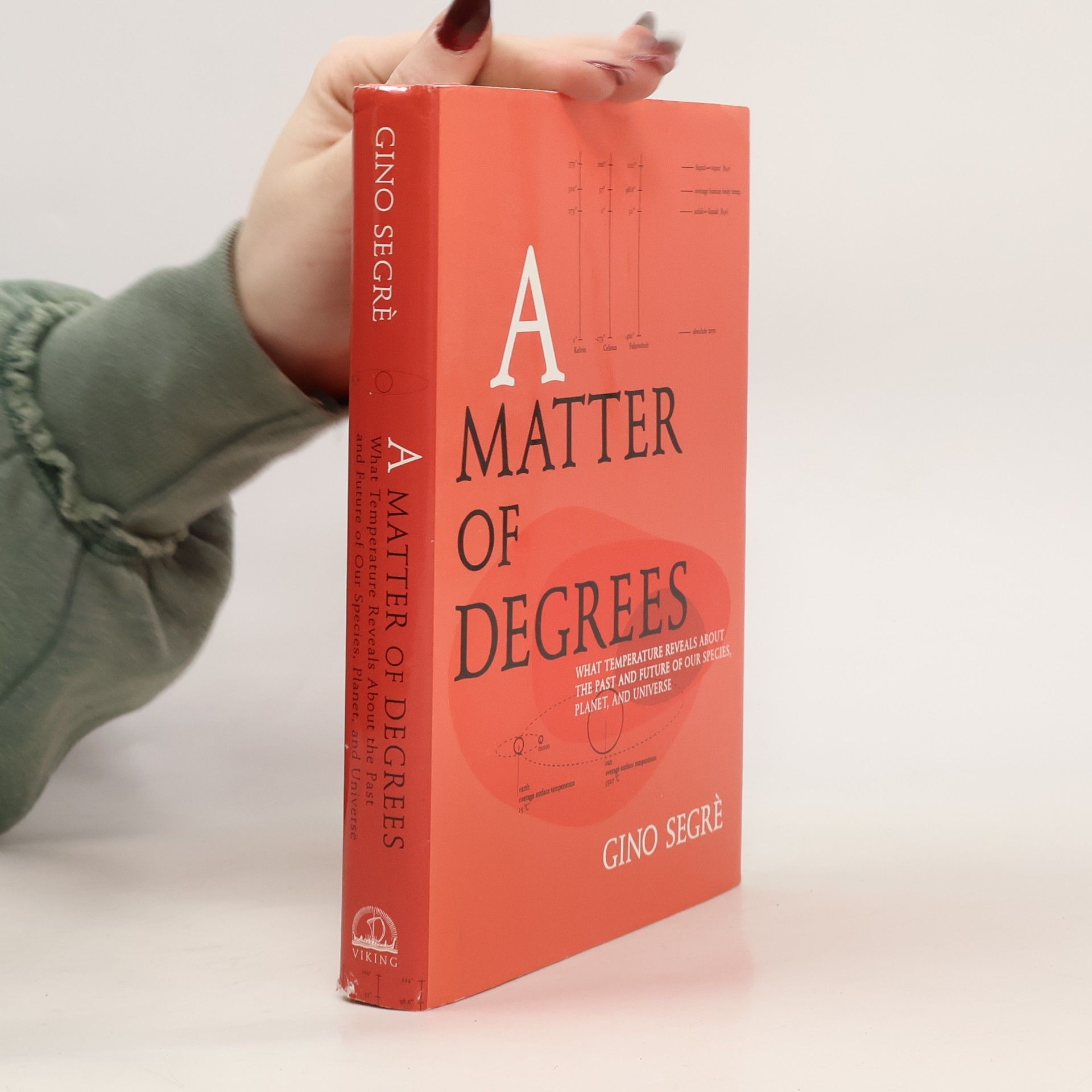Unearthing Fermi's Geophysics
- 208 stránek
- 8 hodin čtení
"Based on Enrico Fermi's Geophysics Lectures of 1941"--Cover.
Profesor v emeritním stavu, který začal vyučovat na Pensylvánské univerzitě v roce 1967. S nadšením a značným zápalem se věnoval kariéře teoretického fyzika elementárních částic s vedlejším zájmem o astrofyziku. Dlouhodobý zájem o historii vedl k jeho první knize, příběhu o teplotě ve všech jejích širokých důsledcích.



"Based on Enrico Fermi's Geophysics Lectures of 1941"--Cover.
A New York Times Book Review Editors’ Choice Named a Best Book of the Year by Bloomberg (Chosen by Philip Tetlock), Booklist’s Top 10 Science Books of the Year, and Shortlisted for Physics World’s Book of the Year A Major Biography of the Nobel Prize–Winning Physicist, Enrico Fermi, a Leading Architect of the Atomic Age Enrico Fermi is unquestionably among the greats of the world’s physicists, the most famous Italian scientist since Galileo. Called “the Pope” by his peers, he was regarded as infallible in his instincts and research. His discoveries changed our world; they led to weapons of mass destruction and conversely to life-saving medical interventions. This unassuming man struggled with issues relevant today, such as the threat of nuclear annihilation and the relationship of science to politics. Fleeing Fascism and anti-Semitism, Fermi became a leading figure in America’s most secret project: building the atomic bomb. An examination of the human dramas that touched Fermi’s life as well as a thrilling history of scientific innovation in the twentieth century, this is the comprehensive biography that Fermi deserves.
Theorizes that temperature is the most revealing method of measurement, considering such topics as the fixed internal temperature of most mammals and the significance of hydrothermal vents on the ocean floor